With importing some components from China, the U.S. corporation seeks manufacturing partners to suit its needs. One item that needs to locate a supplier is the roof jack. This product does not require too much dimensional tolerance but requires sufficient production technology to fulfill the desired production capacity.
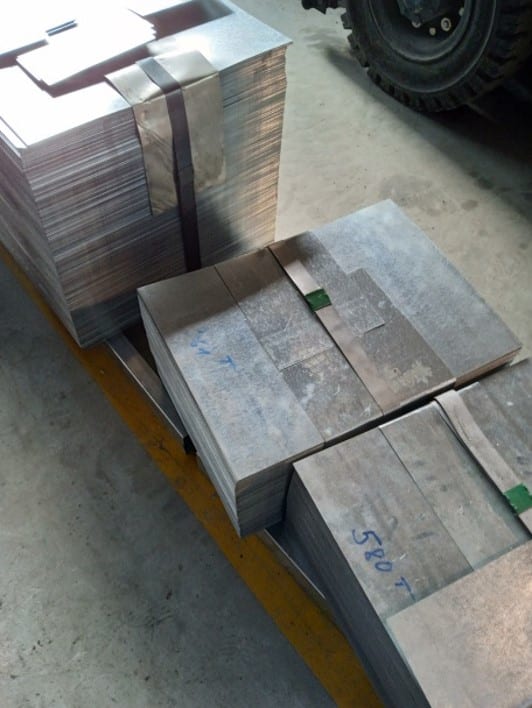
VNO worked hard to guarantee the product fulfilled the rigorous specifications of the customer, and the project was successfully implemented at the proper time. VNO has established itself as a dependable and competent partner, assisting clients in bringing their products to the Vietnamese market.
What is a roof jack?
A roof jack is an attachment used to waterproof, ensure safety, and shield roof components from the weather. Roof jacks commonly position ventilation ducts, air ducts, and various chemical and liquid containers on the roof.
Roof jacks are produced from a number of materials, including metal, plastic, rubber, and silicone, and are designed to be fitted under pipes or equipment that need protection on the roof. They are available in various sizes to accommodate various pipe diameters and roof types.
Some roof jacks are designed to rotate or slide for easy installation and adjustment, while others offer extra advantages such as resistance to corrosion or ultraviolet rays.
Several elements must be considered while installing a roof jack, including pipe length, the distance between pipes, and the roof slope. Improper roof jack installation can result in water leaks, dangerous conditions, and other issues that can cause damage to the roof and inside the property.
Generally, the roof jack is an essential accessory for ensuring the safety and weather protection of equipment and roof pipes.
Roof jack production process
The roof jack manufacturing process is a process that requires meticulousness, professionalism, and sophistication. But, only items created through such skilled and complex methods can satisfy the demands of the building industry, bringing high efficiency and elegance to construction sites. Construction process.
-
Step 1 – Galvanized corrugated iron coil, cut into small cells, rolled, and then cut into sheets:
The galvanized sheet will be wrapped into a long roll and then cut into smaller pieces of a predetermined size to fit the roof jack.

The details corrugated iron will then be curled to the specified diameter to form the roof jack.
The corrugated iron will then be cut into panels that match the dimensions and shape of the roof jack.
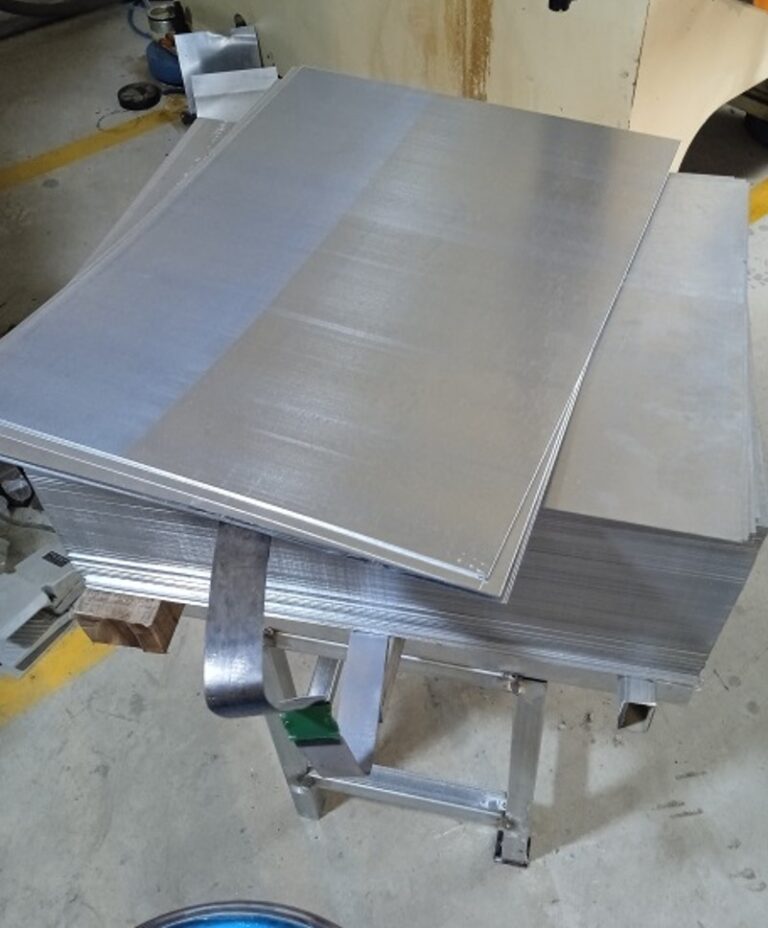
-
Step 2 – Punching & Embossing:
In this process, holes are drilled into the corrugated iron sheets to let air and water enter and exit the roof jack.

The regions that need to be embossed are then marked on the corrugated board and embossed to create the exact shape of the roof jack.
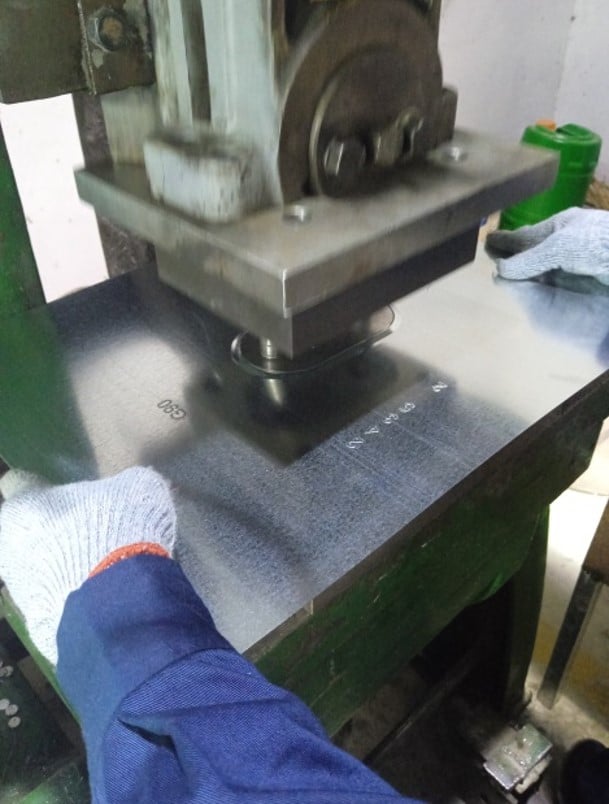
- Step 3: Construct borders 1,2,3 by punching: In this stage, molds are used to form the roof jack and provide the necessary surface shapes.
The first border will be made by punching a mold into the surface of the roof jack.
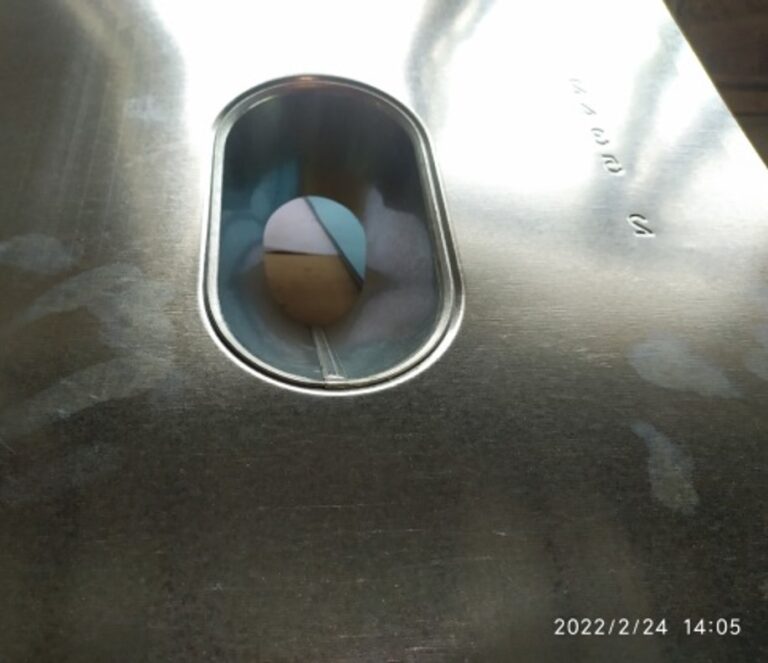
Border 2 will be formed using a mold to punch into the surface of the roof jack and, at the same time, bend the border one up.
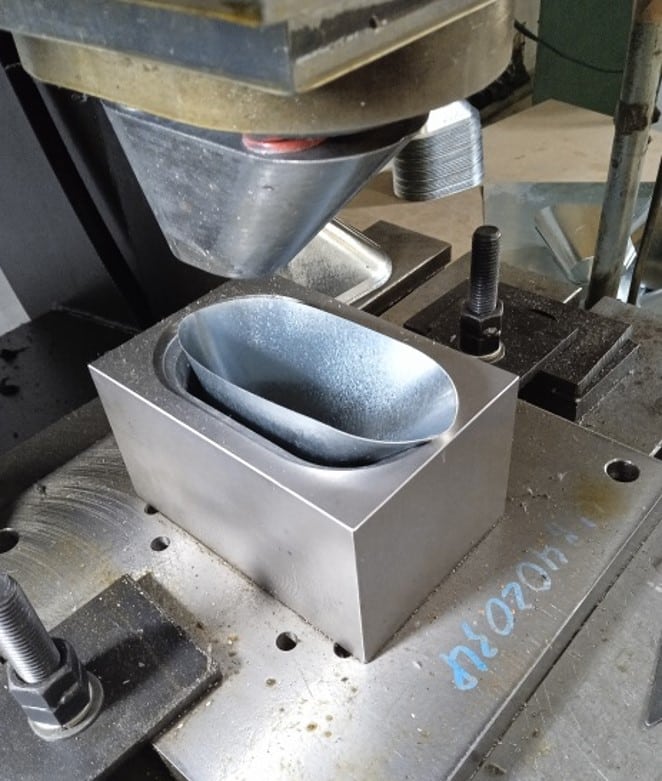
Boundary 3 will be formed by punching a mold into the surface of the roof jack while simultaneously bending border two upward.
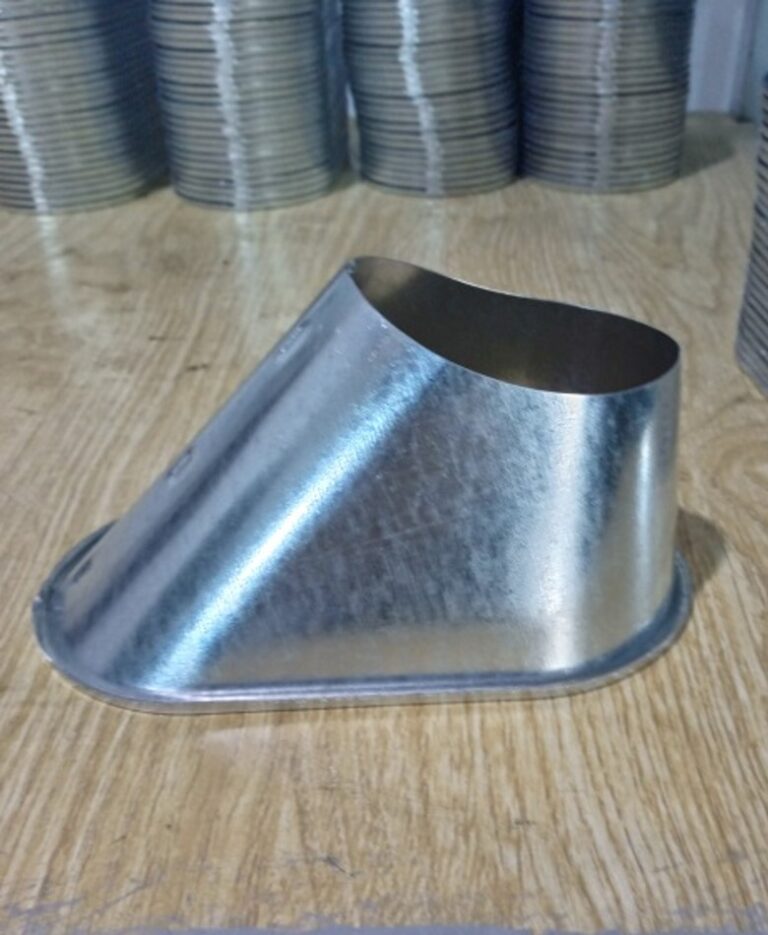

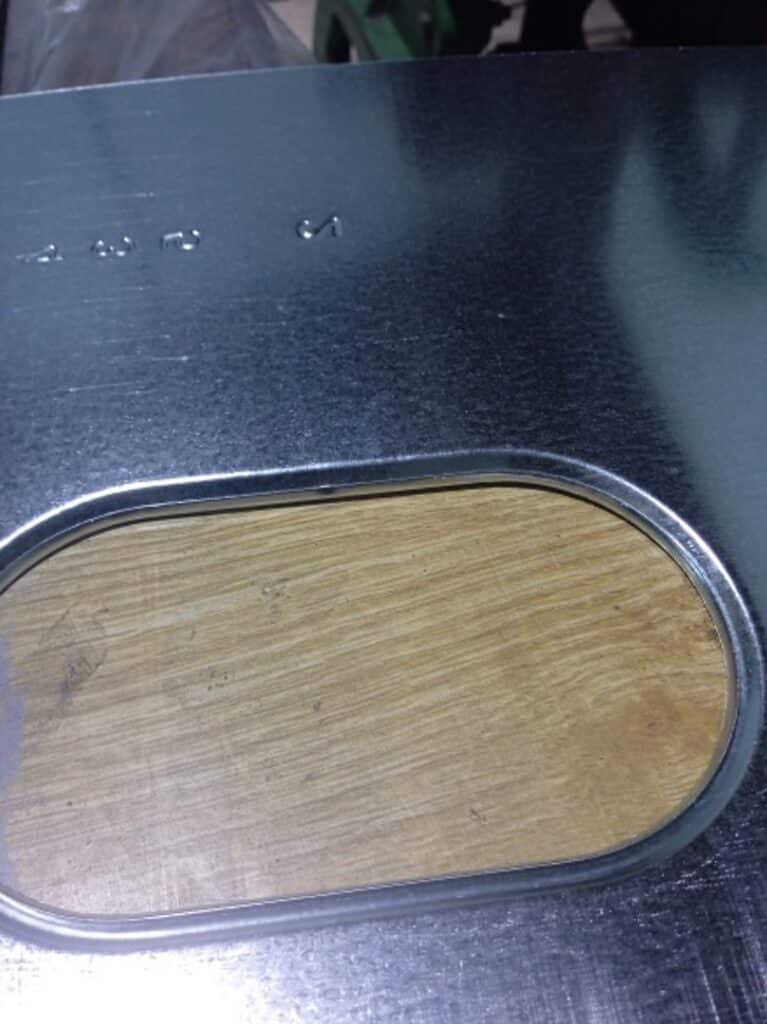

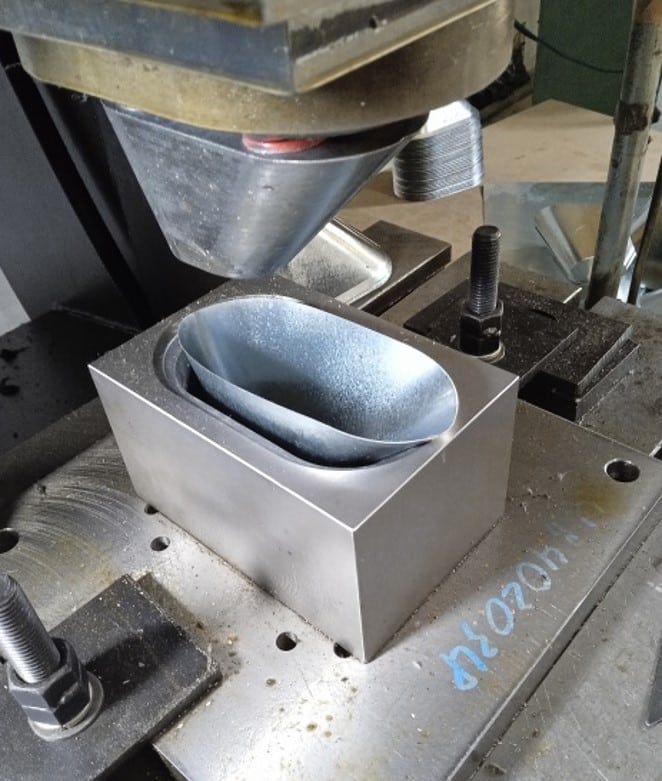
- Step 4 – Assembling – Testing & Packing: The corrugated iron sections are assembled to produce the roof jack’s final shape in this phase.
The roof jacks are then tested to verify they conform to the appropriate quality standards.

The roof jack will then be boxed and shipped.

After completing the preceding steps, the roof jack is built and quality-checked before being packaged and sent to the customer. Each item is guaranteed to satisfy the highest quality standards, ensuring its longevity and corrosion resistance over time.

Some notes in the production process of roof jack
When manufacturing roof jacks, there are a number of considerations to keep in mind to ensure product quality and production process safety. Here are a few things to keep in mind:
- Quality assurance of raw materials: Raw materials, especially galvanized steel sheets, should be carefully selected and checked for quality before use.
- This is a crucial step to create clearances and slopes for the product, but care must be taken not to deform the product.
- Choosing a punching mold: The edging is an essential component of the roof jack, and the selection of the punching mold must ensure precision and refinement.
- Product quality inspection: Before leaving the warehouse, each roof jack must undergo a quality inspection to ensure durability and corrosion resistance over time.
Roof jacks play a crucial role in the US construction industry and are essential for ensuring the safety and protection of construction projects. This product’s high quality, aesthetics, and superior features have won the trust of contractors, architects, and investors in the US market.
Why do many American and European enterprises choose mechanical outsourcing from Vietnamese factories?
There are many reasons that foreign mechanical enterprises choose to outsource mechanical engineering from Vietnamese factories, including:
- Low cost: Vietnam is known for its lower labor cost compared to other developed countries. Therefore, mechanical outsourcing from Vietnam can help businesses save production costs and compete in the global market.
- High quality: Vietnamese mechanical factories are increasingly being invested in improving product quality. Many factories use modern technologies and advanced production equipment to ensure product quality and short production times.
- Prime location: Vietnam is located in the heart of Southeast Asia, with many major trading partners such as China, Japan, Korea, the US, and the EU. This convenient geographical location gives businesses access to global markets and reduces shipping costs.
- Fast production time: Foreign mechanical enterprises can take advantage of the time difference between time zones to manufacture products
If you are looking for a reputable supplier in Vietnam, VNO will research and help you to be able to produce high-quality products to meet the increasing strict requirements of the market. This time helps to enhance Vietnam’s position in the field of production and business for the construction industry around the world.

